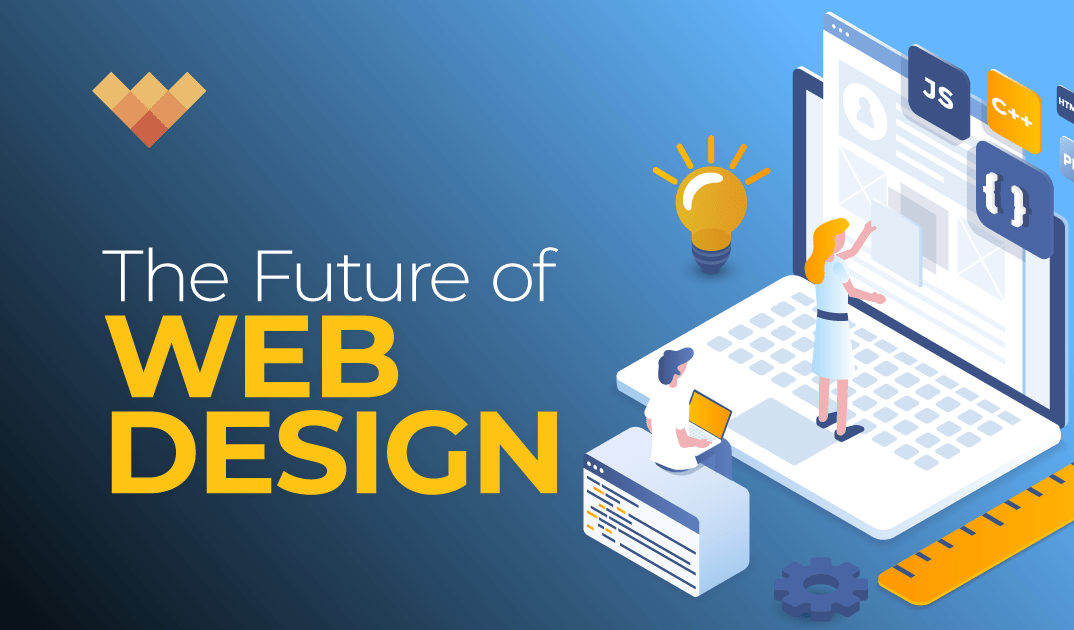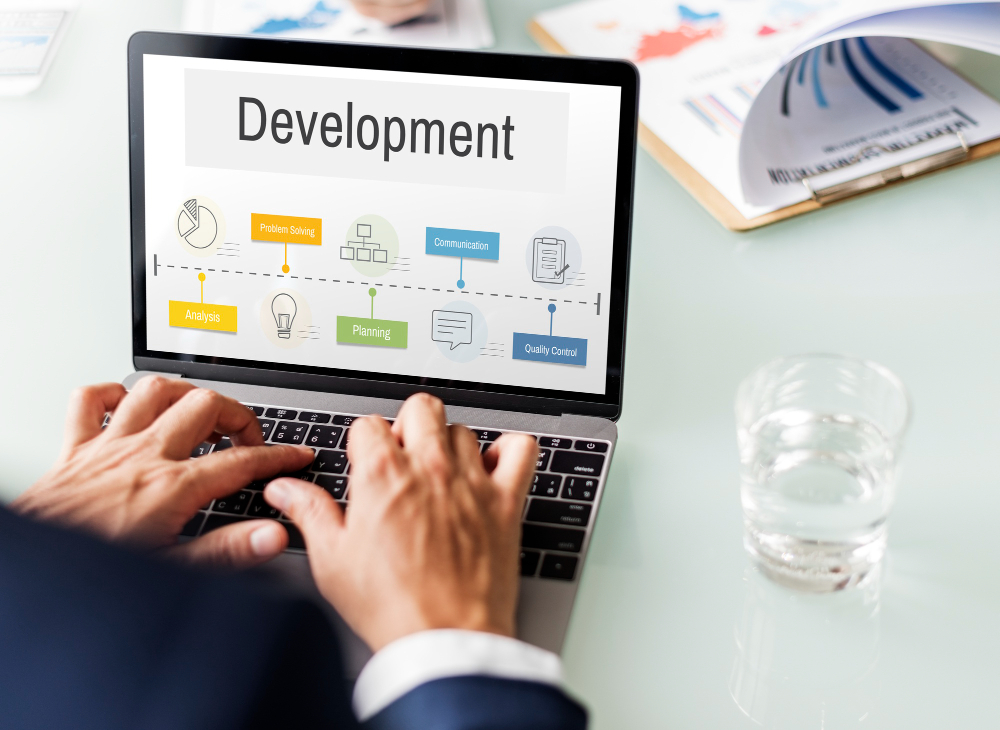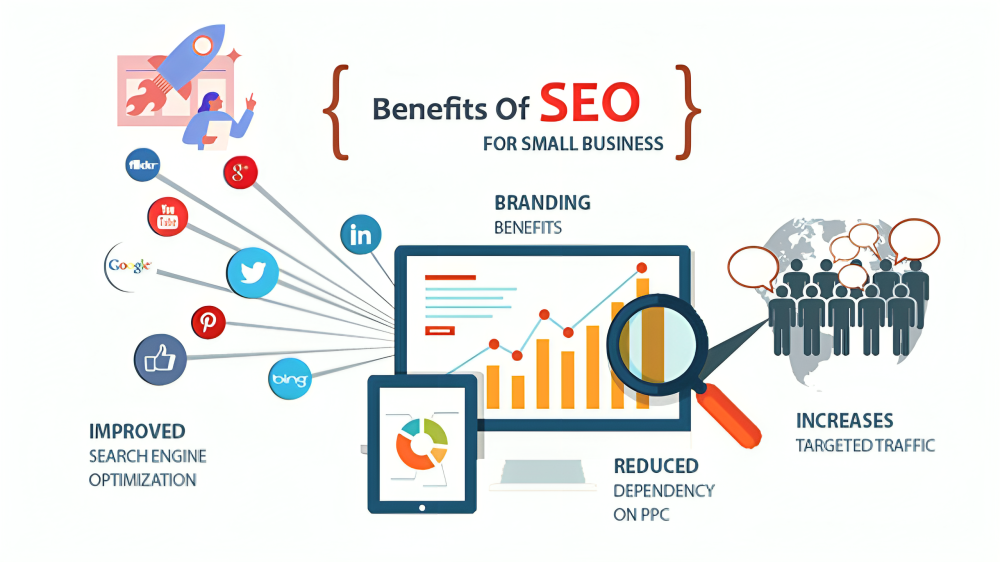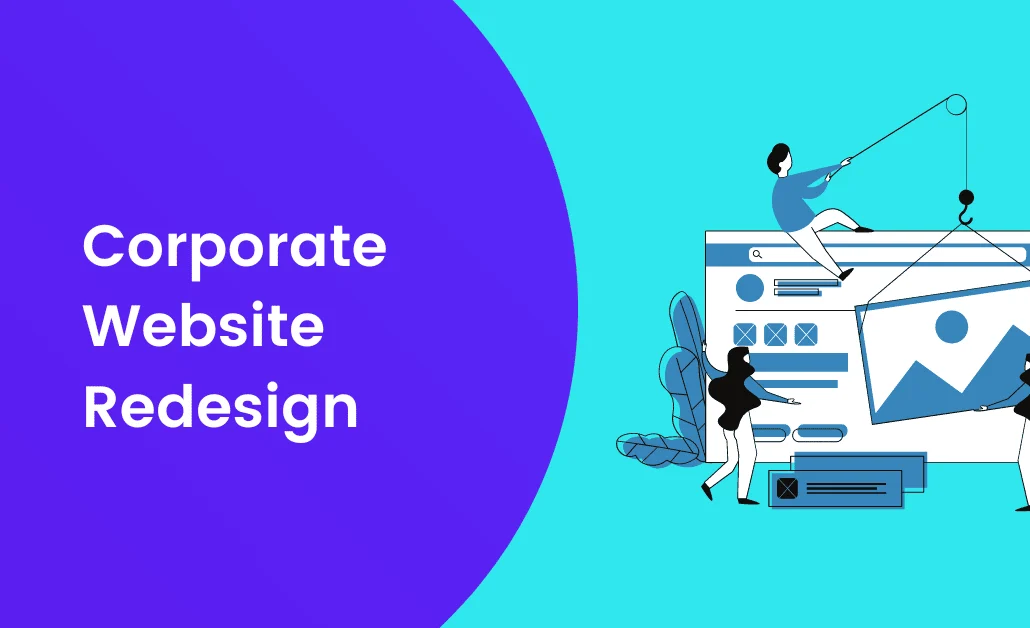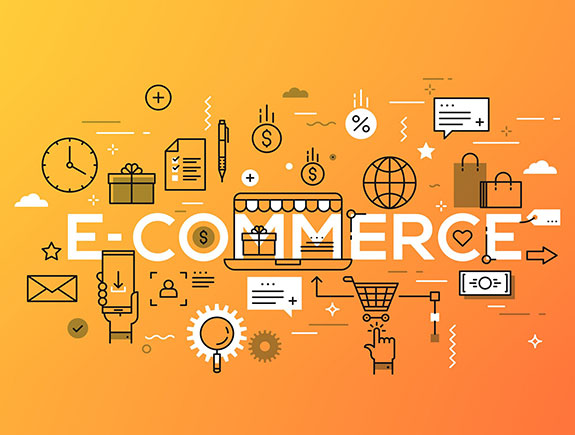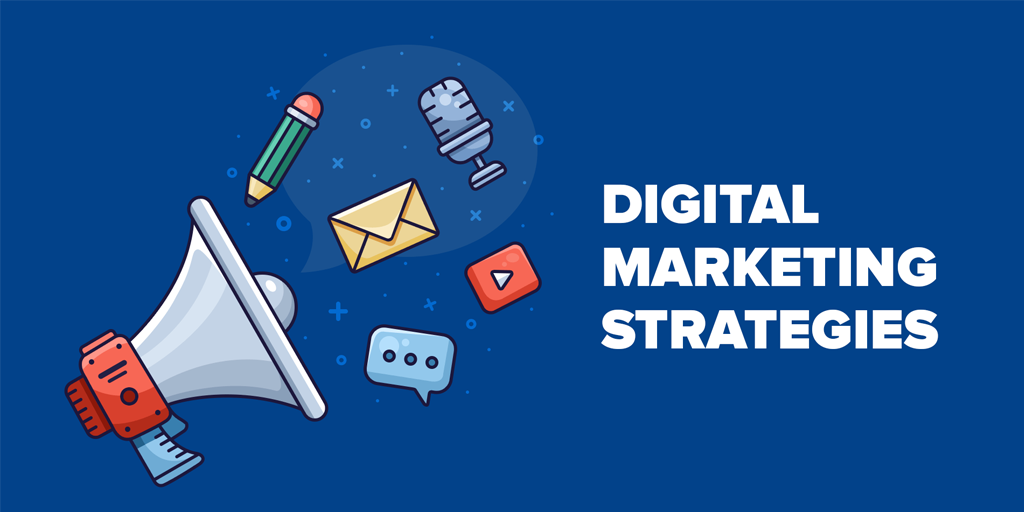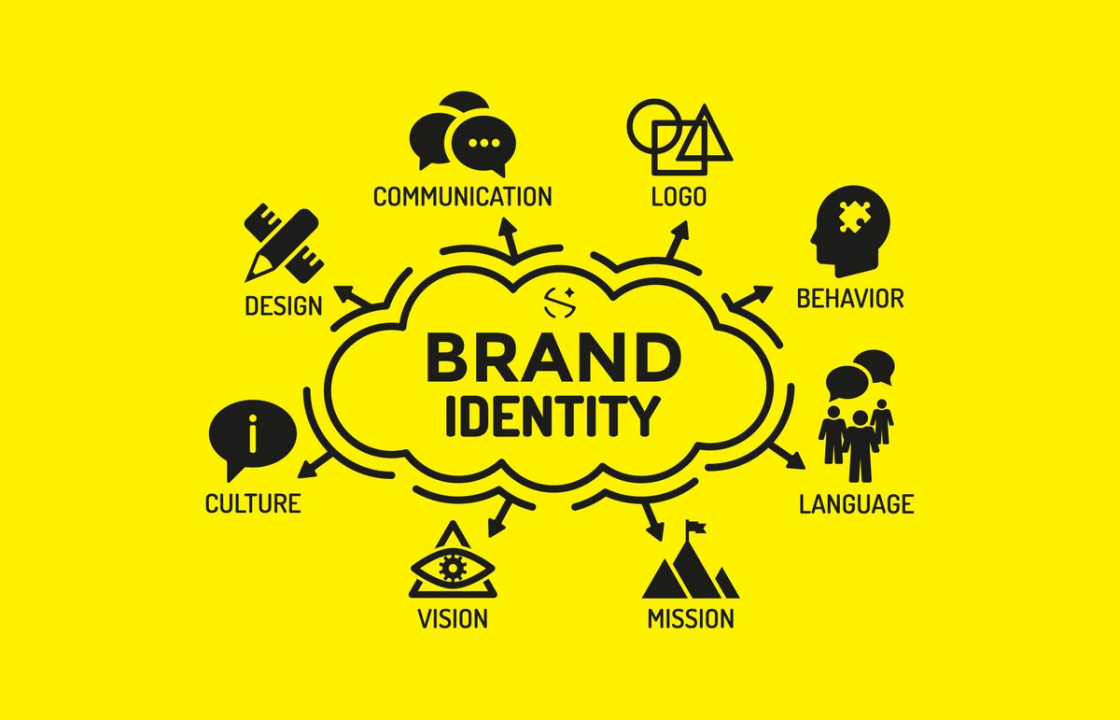Introduction
Web design is a dynamic and ever-evolving field. Each year brings new trends, technologies, and best practices that shape the way websites are created and experienced. As we move further into 2024, it’s essential for businesses to stay ahead of the curve to remain competitive and deliver outstanding user experiences. At Cypher, a leading web design agency, we are committed to helping businesses succeed online by leveraging the latest design trends and innovations. In this article, we’ll explore the future of web design and highlight the key trends that are set to dominate in 2024.
1. Minimalistic and Clean Designs
Minimalism in web design focuses on simplicity, clarity, and functionality. The principle of “less is more” guides this trend, where designers use fewer elements to create a cleaner and more straightforward interface. Minimalistic designs help users focus on the essential aspects of a website without distractions.
Benefits:
- Enhances user experience by reducing clutter
- Improves website loading speed
- Provides a professional and modern look
Implementation Tips:
- Use ample white space to create a balanced layout
- Prioritize essential elements and remove unnecessary ones
- Focus on clear and simple typography
2. Dark Mode
Dark mode is becoming increasingly popular across various digital platforms, and its influence on web design continues to grow. Dark mode not only reduces eye strain but also gives websites a sleek and modern appearance. This trend can be particularly effective for websites that want to convey a sophisticated and contemporary vibe.
Benefits:
- Reduces eye strain, especially in low-light environments
- Enhances the visibility of certain design elements
- Provides a unique and modern aesthetic
Implementation Tips:
- Ensure sufficient contrast between text and background
- Offer users the option to switch between light and dark modes
- Test readability and accessibility thoroughly
3. 3D Elements and Visuals
The use of 3D elements and visuals can add depth and realism to a website. This trend is about creating more immersive and engaging experiences for users. From 3D illustrations to interactive graphics, incorporating these elements can make a website stand out and capture users’ attention.
Benefits:
- Creates a unique and memorable user experience
- Enhances visual appeal and engagement
- Differentiates your brand from competitors
Implementation Tips:
- Use 3D elements sparingly to avoid overwhelming users
- Ensure that 3D graphics are optimized for fast loading times
- Incorporate custom illustrations that align with your brand identity
4. Voice User Interface (VUI)
With the rise of voice assistants like Siri, Alexa, and Google Assistant, integrating voice user interfaces into web design is becoming more important. VUI allows users to interact with a website using voice commands, making navigation more accessible and convenient. This trend is particularly beneficial for enhancing accessibility and providing a more inclusive user experience.
Benefits:
- Improves accessibility for users with disabilities
- Enhances user convenience and engagement
- Keeps your website on the cutting edge of technology
Implementation Tips:
- Design clear and intuitive voice commands
- Ensure that VUI complements existing navigation options
- Test extensively to ensure accuracy and functionality
5. Micro-Interactions
Micro-interactions are small design elements that respond to user actions. They provide feedback and enhance the overall user experience by making interactions more engaging and enjoyable. These subtle animations and responses can significantly improve user satisfaction and usability.
Benefits:
- Enhances user engagement and interaction
- Provides instant feedback and improves usability
- Adds a touch of delight to the user experience
Implementation Tips:
- Use micro-interactions to guide users through the site
- Keep animations simple and unobtrusive
- Ensure that micro-interactions serve a functional purpose
6. Augmented Reality (AR) Integration
Augmented reality is transforming the way users interact with websites, providing immersive experiences that bridge the gap between the digital and physical worlds. From virtual try-ons to interactive product demos, AR can significantly enhance the user experience.
Benefits:
- Provides immersive and interactive experiences
- Increases user engagement and retention
- Enhances product visualization and decision-making
Implementation Tips:
- Identify areas where AR can add value to your website
- Ensure that AR features are user-friendly and intuitive
- Optimize AR content for different devices and browsers
7. Asymmetrical Layouts
Asymmetrical layouts break away from the traditional grid-based design, offering a more dynamic and visually interesting experience. This trend allows designers to create unique and creative compositions that capture users’ attention and encourage exploration.
Benefits:
- Creates a unique and memorable design
- Encourages user exploration and engagement
- Differentiates your brand from competitors
Implementation Tips:
- Balance asymmetry with harmony to avoid a chaotic look
- Use visual hierarchy to guide users’ attention
- Experiment with different compositions to find what works best
8. Custom Illustrations
Custom illustrations are a powerful way to communicate your brand’s personality and message. Unlike stock photos, custom illustrations are unique to your brand and can help create a more cohesive and engaging user experience.
Benefits:
- Enhances brand personality and identity
- Provides a unique and memorable visual experience
- Differentiates your website from competitors
Implementation Tips:
- Ensure that illustrations align with your brand’s style and message
- Use illustrations to simplify complex concepts or processes
- Optimize illustrations for fast loading times
9. Mobile-First Design
With the increasing use of mobile devices, designing websites with a mobile-first approach is more important than ever. Mobile-first design prioritizes the mobile user experience, ensuring that websites are fully functional and easy to navigate on smaller screens.
Benefits:
- Improves user experience for mobile users
- Enhances search engine rankings due to mobile-friendliness
- Increases overall accessibility and reach
Implementation Tips:
- Use responsive design to ensure compatibility across devices
- Simplify navigation and interface for mobile users
- Optimize images and content for faster loading times
10. Bold Typography
Typography plays a crucial role in web design, and bold, oversized fonts are making a significant impact. This trend focuses on using typography as a central design element, helping to create a strong visual hierarchy and enhance readability.
Benefits:
- Draws attention to key messages and content
- Enhances readability and user experience
- Adds a modern and dynamic touch to the design
Implementation Tips:
- Use bold typography to highlight important information
- Ensure that fonts are legible across different devices and screen sizes
- Pair bold fonts with simpler, complementary typefaces for balance
Conclusion
As we look ahead to 2024, these web design trends are set to shape the future of the industry. Embracing trends like minimalistic designs, dark mode, 3D elements, VUI, micro-interactions, AR, asymmetrical layouts, custom illustrations, mobile-first design, and bold typography can help your website stand out and provide exceptional user experiences. At Cypher, we specialize in leveraging the latest web design trends to help businesses succeed online. Contact us today to learn how we can transform your website and enhance your digital presence.

